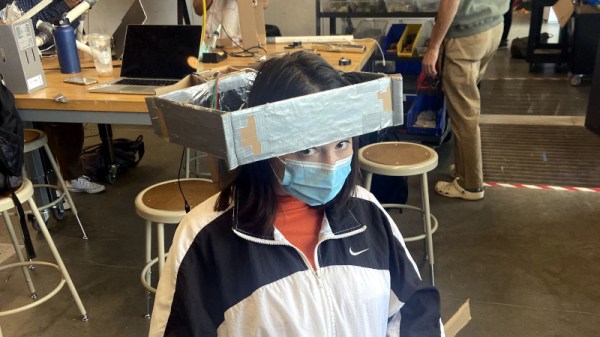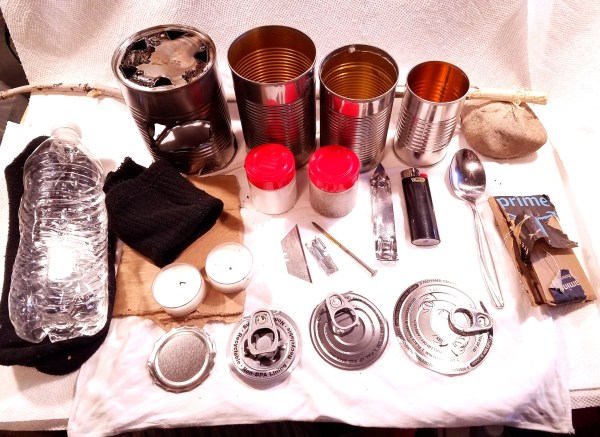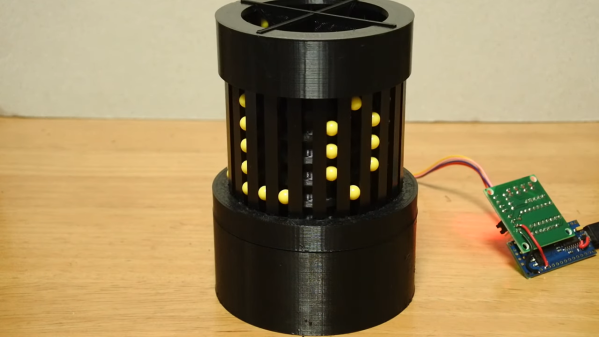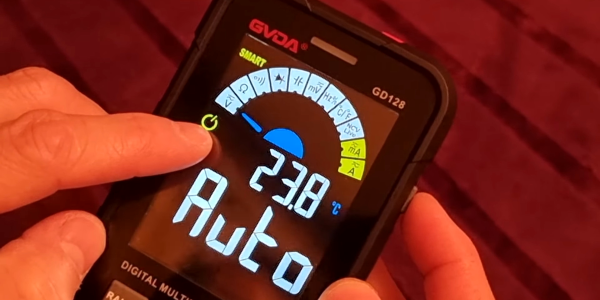Assistive technologies have a pretty big presence here on Hackaday, and this hack is nothing short of interesting. [kerchoo_22] is working on a hands-free video game controller as a final project for her engineering class and we think it’s worth sharing.
The basic premise of the circuit is pretty simple. She DIY’d a few contact switches using conductive plates made of cardboard, duct tape, and aluminum foil. The output of the switch is read by analog input pins on an Arduino Leonardo. When the switches are off, the analog input pins are pulled HIGH using 1 MegaOhm resistors. But when the user hits their head on one of the four conductive pads, the switch is engaged, and the analog input pins are shorted to ground.
The Arduino Leonardo, having a native USB port, is able to directly emulate a keyboard. Each conductive pad is mapped to a different key press corresponding to different functions within the game. Left, right, shoot, etc. And there you have it, gameplay without using hands or a controller!
Now, it seems as though [kerchoo_22] put an appropriate amount of cushion on the head pads, so there probably isn’t much danger of a concussion. Either way, you can never be too careful.

















